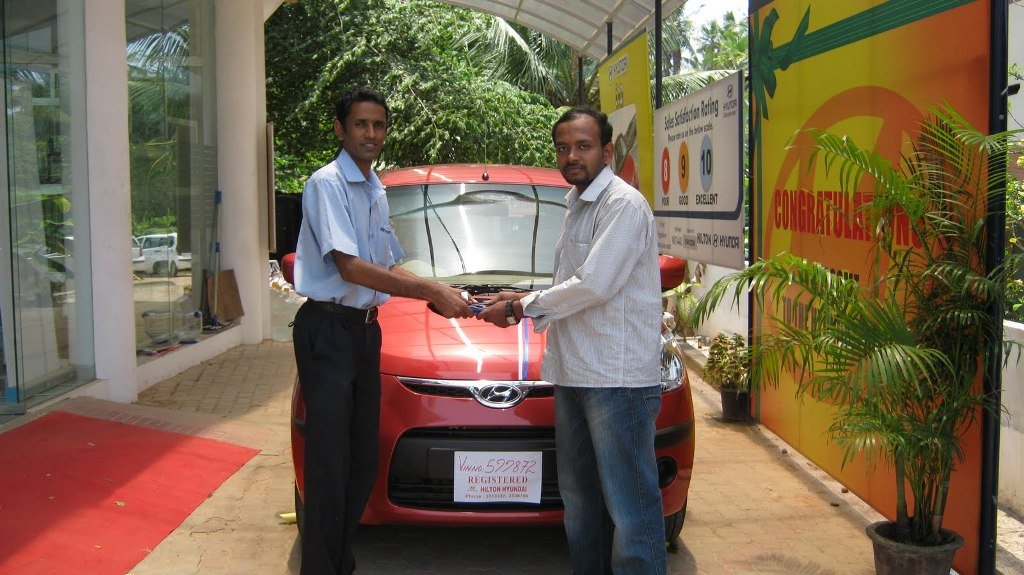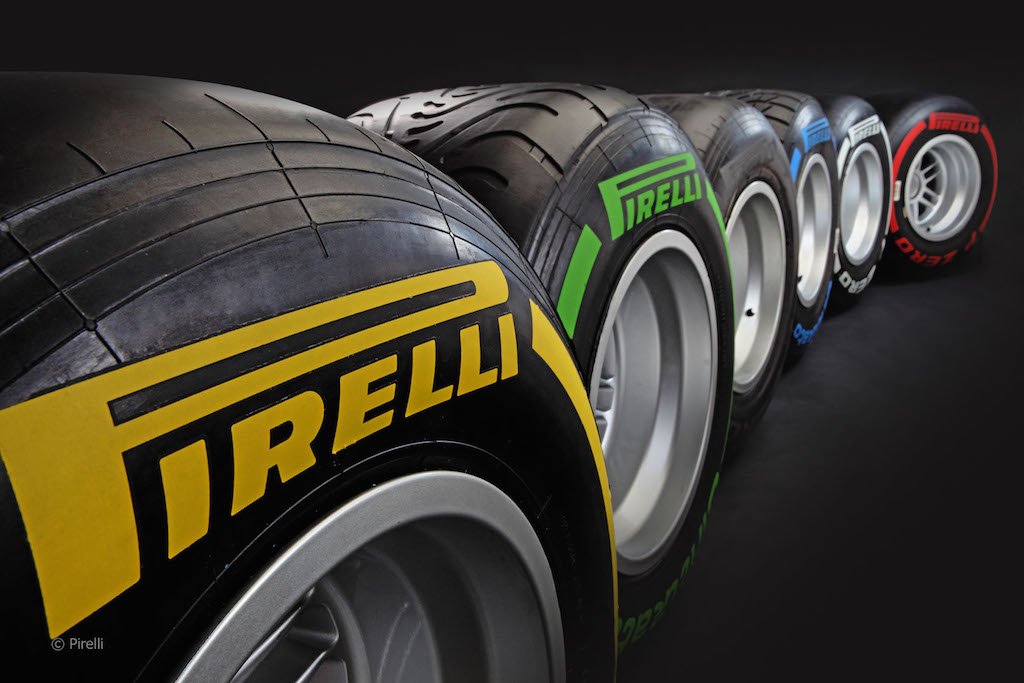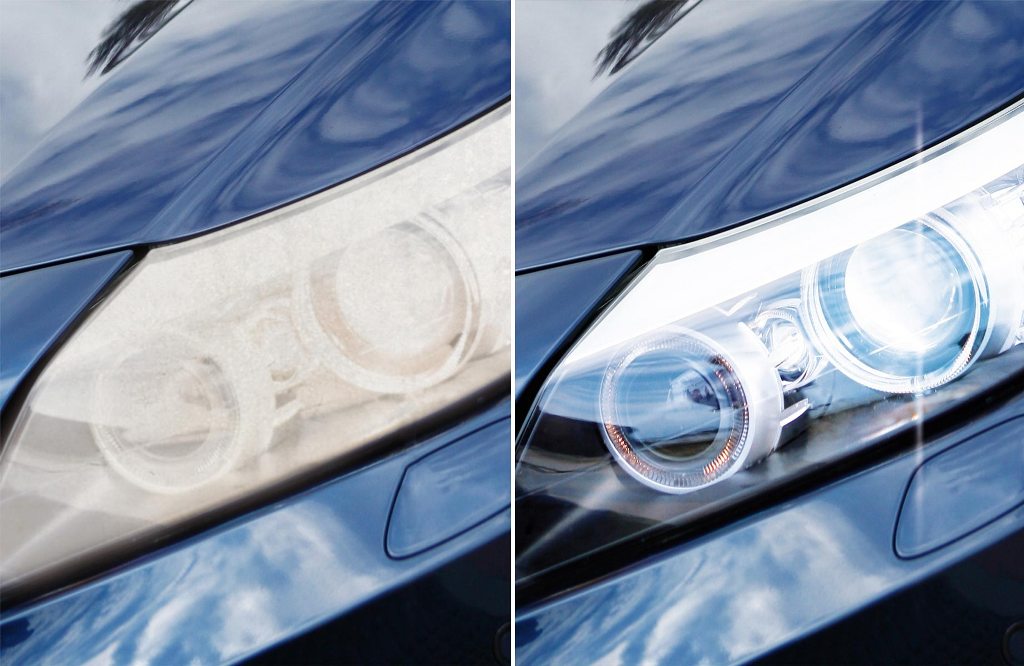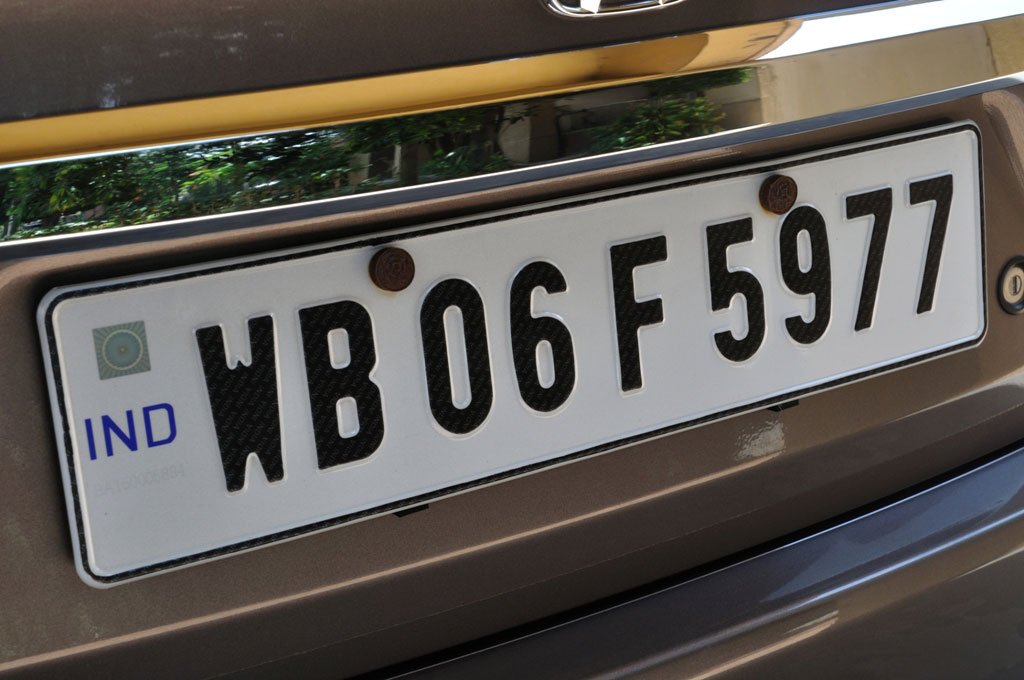You have shortlisted a few models that you find interesting to own but they all look good on paper. This is when you take the next big step, of entering the dealership. A lot of time and effort goes from you and the dealer as well and if you are unprepared for the test drive you are clearly wasting a lot of time. Here is our guide on how to test drive a car before buying.
1. Do your homework
You absolutely cannot enter a dealership without any prior knowledge about the vehicle. The basic idea is to do a complete research about the car you want to purchase. The dealership is only best for negotiating the price and making the purchase; everything else needs prior knowledge. Research about the model you want and in which segment.
Once you have short listed the desirable cars from a segment, prioritize the features you want in the car. Is it safety, colour, electronic goodies, space, comfort, fuel option, power train? What is that suits your need. Several car comparison sites will give you a detailed list of the models and features available variant by variant. The price plays a secondary role here. A Volkswagen Polo may look like a compelling buy but the feature list of Hyundai i20 might sound attractive. Don’t jump to any conclusions. Just make a list, even better take a print out or a check list to know what you want in your next car.
2. Entering the dealership
Now that you are prepared to take the next step of seeing the car in metal, it’s time to head to for the test drive. The sales person will guide you about the basics of the car and why it would be the best buy for you. If you have made a list of the variant and features, this will come in use now. Ask for the specific model and drive train for the test drive. It is always better to make an appointment with the dealership, so that they can arrange for the variant of your choice. Convey it to the sales person that you are only looking for a test drive of other cars as well and then will take a decision about the purchase. That way, you won’t have to listen to the sales pitch again and again.
3. Confirm if the demo car is insured
It is a mandatory rule that all demo cars on road should be insured; ask for the designated demo car of the dealer itself. The dealership might ask you to take a test drive in a car waiting to be delivered to its customer; you won’t want your car to be tested by someone else, do you? Most dealers ask you to sign a document saying that in case of any damage during the test drive, the damages are to be borne by you. The demo car’s insurance should ideally take care of the damages. Make sure you resolve on who would pay the damages before you begin the test drive. If you are not confident of your driving skills as yet, ask someone who has prior experience in purchasing cars to come along with you.
4. Do an overall check on the car
Driving the car is only a part of the test drive; it also includes checking the smaller bits of the car. It is always a good idea to bring along your family or friends who will be travelling in the car with you. Have a look at the car thoroughly before you begin the drive.
Check for the interior space and the quality. Check how comfortable is the ingress and egress in the front and rear seats. If you have family members, ask them how comfortable they are in the back seat. If you are a tall person, push the front seats all the way back and then check for the rear seat legroom. If other family members are going to drive the car, consider their perspective from the driving seat as well. Are the switches and buttons easy to use? Are the seats adjustable and comfortable? Do the seats provide good under thigh support? Is the boot space sufficient? Do the rear seats fold down to make for more space? What is the fuel tank capacity? What are the safety features available on the car? How many airbags are available?
Smaller things make the most difference in day to day driving. The instrument cluster should be easy to read. Look for ergonomically placed cup holders and small cubby holes to keep keys, toll tickets or a cell phone and also the storage capacity of the glove-box. Check for the overall quality of the dashboard.
5. Test drive the car
You have checked the car internally and now it’s time to take it for a spin. The sales person will suggest you to drive on a smooth tarmac road. Try and drive through various stretch of roads. Go through potholes, take sharp turns; also drive on hill climbs if possible. Outright acceleration is not required; drive the car at different speeds to see the how the car performs. Look at the mid range power of the car as well. See if the clutch is too light or too heavy. Check if the suspension absorbs rough roads and potholes. Do U-turns, sharp-turns to see how the car handles. Don’t risk the life of co-passengers though.
Try and brake at different speeds to see how the brakes perform under different conditions. Avoid playing the radio and listen to all the rattles and sounds the car will make. Keep the windows up and check the NVH levels of the car. Turn on the air-con unit to see how fast the cabin cools. It will seem most effective, when done during a sunny day. Also check out how easy it is to use the buttons while driving the car. Also while driving look for the blind spots in the car. Also reverse the car without guidance to see if you are comfortable parking the car. This is also the best time to use the reverse parking camera, if the model comes with it. If you are going for a built-in stereo system with USB and Bluetooth, carry your I-pod and smart phone to see how conveniently you can use your devices on a daily basis. Ideally, connecting a Bluetooth device should be a matter of seconds.
If you have someone else along with you, keep the sales person busy with that person so that you can concentrate on testing the car.
6. Drive the other models back to back
Always remember to schedule your test drives of the short listed models on the same day. You can check all the aspects of another car, with the previous car’s impressions fresh in mind. If you have shortlisted say four cars (common with hatchbacks) drive two on a single day and the other two on the next day. This will help you in comparing your choice more precisely and avoid overload of information on a single day.
Reflect on what you have driven and which aspects did you like the most. Discuss with your family and friends. It could be a grilling session with a difference of opinions but end with a consensus on one of the model that fits the bill on all aspects. Only after this choose to head back to the dealership to make the purchase for your car.





